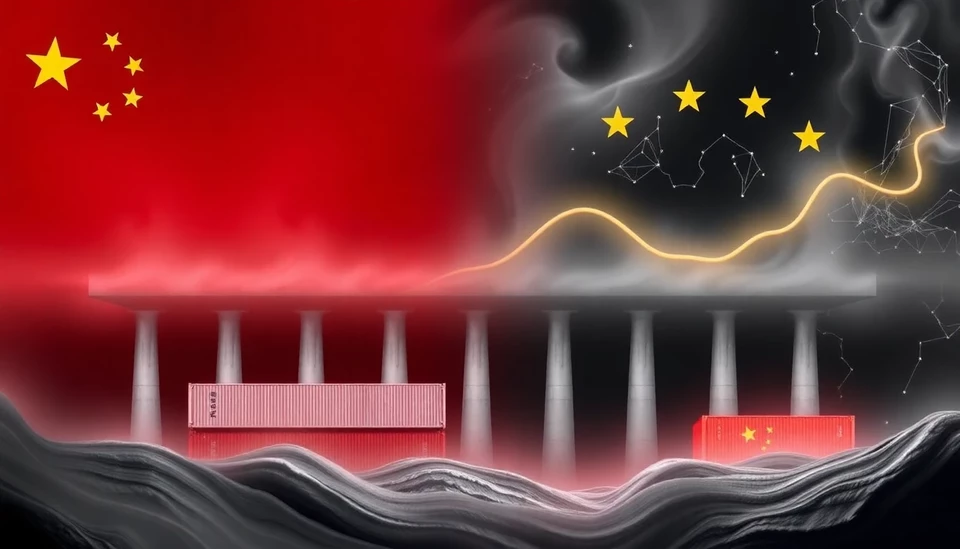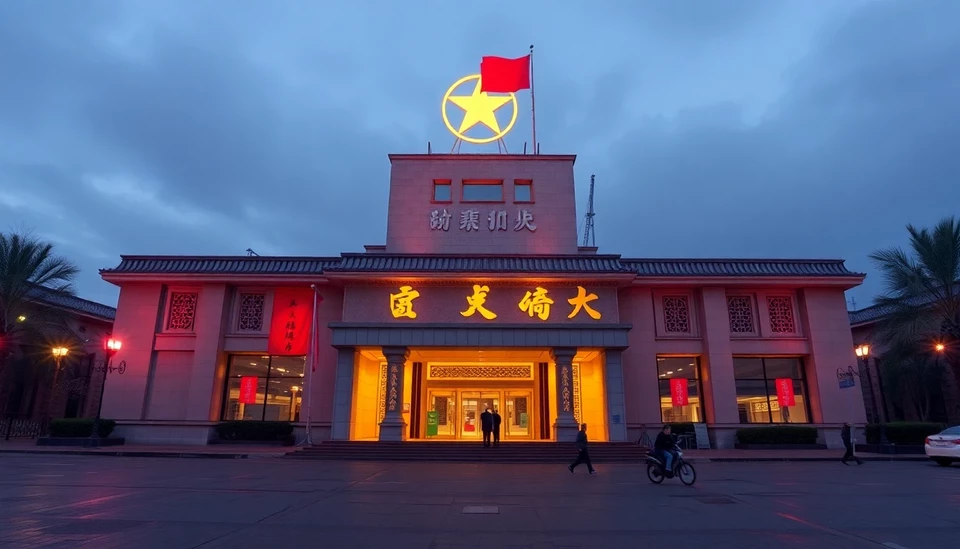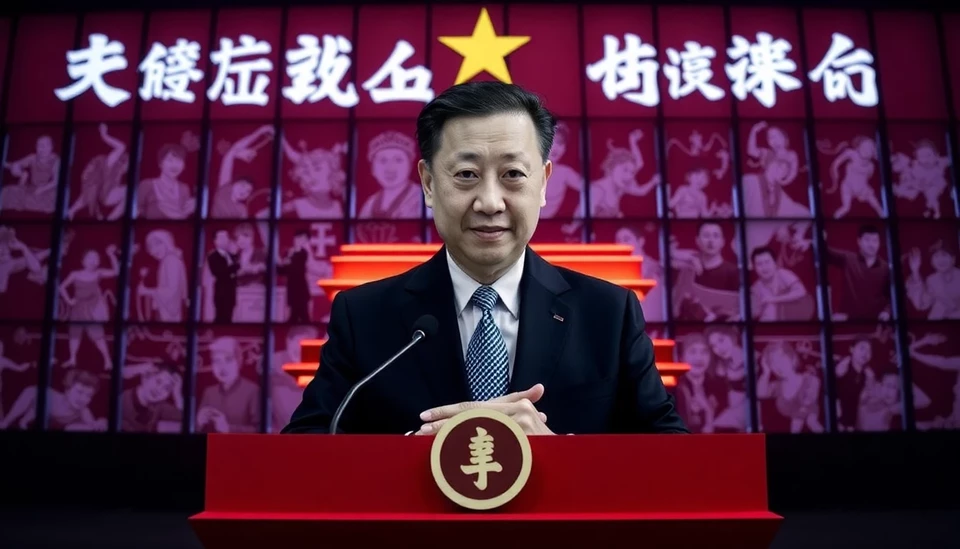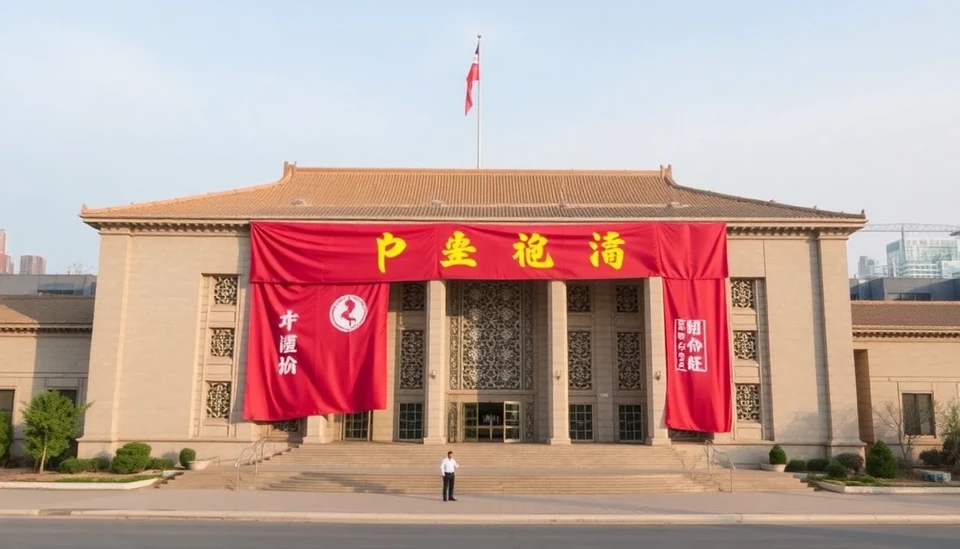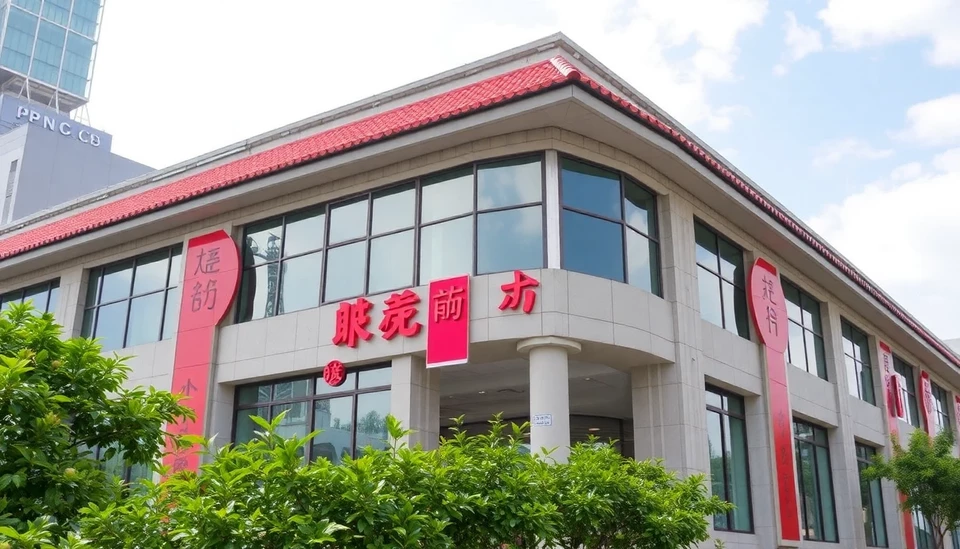
The People's Bank of China (PBOC) has unveiled a significant adjustment to its loan pricing framework, a move that industry analysts suggest could lead to reduced borrowing costs for banks across the nation. As the financial sector grapples with fluctuating interest rates and increasing pressure to stimulate economic growth, this new directive is making waves in the banking community.
Under the new policy, which aims to refine the current loan pricing mechanism, banks will now have greater latitude in determining their lending rates. This is expected to enhance the competitive landscape among financial institutions, allowing them to offer more attractive rates to borrowers, thereby fostering an environment conducive to increased lending activity.
Analysts from various financial institutions have expressed optimism regarding the potential impacts of the PBOC's initiative. They believe that by enabling banks to charge lower interest rates, the central bank is effectively alleviating some of the cost burdens that borrowers face. Additionally, this initiative aligns with broader economic strategies aimed at revitalizing growth in the post-pandemic era.
Simultaneously, the PBOC's decision comes as China faces significant economic challenges, including a sluggish recovery in consumer spending and ongoing global economic uncertainties. By promoting lower borrowing costs, the central bank is not only attempting to stimulate lending but also hoping to bolster consumer confidence and spending, essential components for a healthy economy.
Furthermore, banking experts indicate that the reduced loan pricing could lead to a ripple effect throughout the economy. Businesses, particularly small and medium enterprises (SMEs), may find themselves with increased access to capital, enabling them to invest in expansion and contribute positively to job creation. This could play a critical role in rejuvenating the domestic market and enhancing overall economic stability.
The PBOC's proactive approach is seen as a necessary response to the current economic climate, and many stakeholders are closely monitoring the implementation of this new loan pricing strategy. As banks adapt to these changes, the full impact on lending rates and economic momentum will become clearer in the coming months.
In summary, the PBOC's new loan pricing mechanism has the potential to significantly alter the lending landscape in China, promoting lower costs for banks and, ultimately, for borrowers. By fostering a more competitive environment, the central bank is looking to coax the economy back on track while addressing the pressing need for increased accessibility to finance.
#PBOC #LoanPricing #BankLending #EconomicGrowth #ChinaEconomy #Finance #Banking #InterestRates #BorrowingCosts
Author: Laura Mitchell
